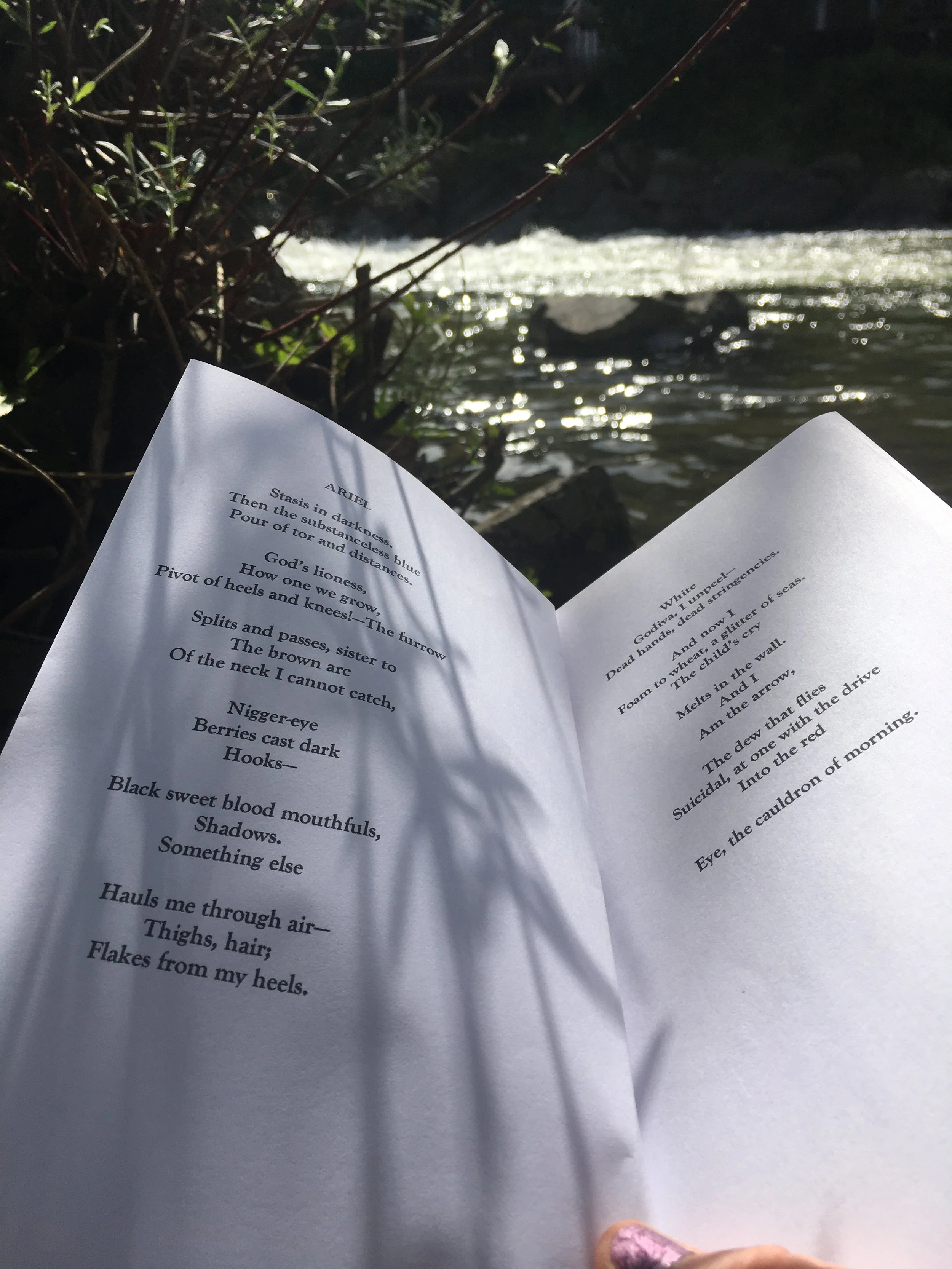A Writer's Process: Adrastos Omissi
/Adrastos Omissi was short-listed in The Wild Words Biannual Writing Competition
I find that the stories I write that work best are often largely without process or without a conscious goal. They come from long reflection on an idea or a feeling. You think about it, you play with it, you chop it up, and then suddenly, often when you’re doing something else, a story seems to just happen inside your head and you write it down as quickly as you’re able. This was one of those.
In the Valley of the Shadow was one of many I wrote in the months after the death of my grandfather, and like a lot of these it deals with the theme of death. Confrontation with death is so impossible for the human mind to grasp that we react with panic, fear, and denial. I tried to capture these feelings in my story whose main character, through the concept of his eternal life, finds himself utterly trapped: too scared to die, but too dead to live. The story tries to capture a moment within this endless life he has consigned himself to when real feeling – in this case, of pain and loss – finds him and he can only react the way that he has taught himself to, by retreating from the truth that life and death are – and have to be – sides of the same coin.
For me, a story often revolves around a key phrase or theme on which you try to hang the rest. Within this story, there were two points of focus that I tried to draw. The first of these is the opening word, ‘uncoffined,’ which I hope will draw the reader with its strangeness. I wanted it to evoke the horrible impropriety of a dead body – that feeling that it just shouldn’t be the way it is.
The other is the smell of pine, a smell of childhood for the character. We all tend to ignore smells most of the time, but at certain moments it can be a very powerful sensation and it connects us to our memories in a way that no other sense can. We are all, I think, haunted by smells from childhood that fill us with a bittersweet sense of a lost past, and I wanted that idea of a smell that anchors the character to a life he has lost to be the driving motif of the piece.












We unpeel those layers that have attached themselves over time, by finding word portals back to a freshness of thought and expression.